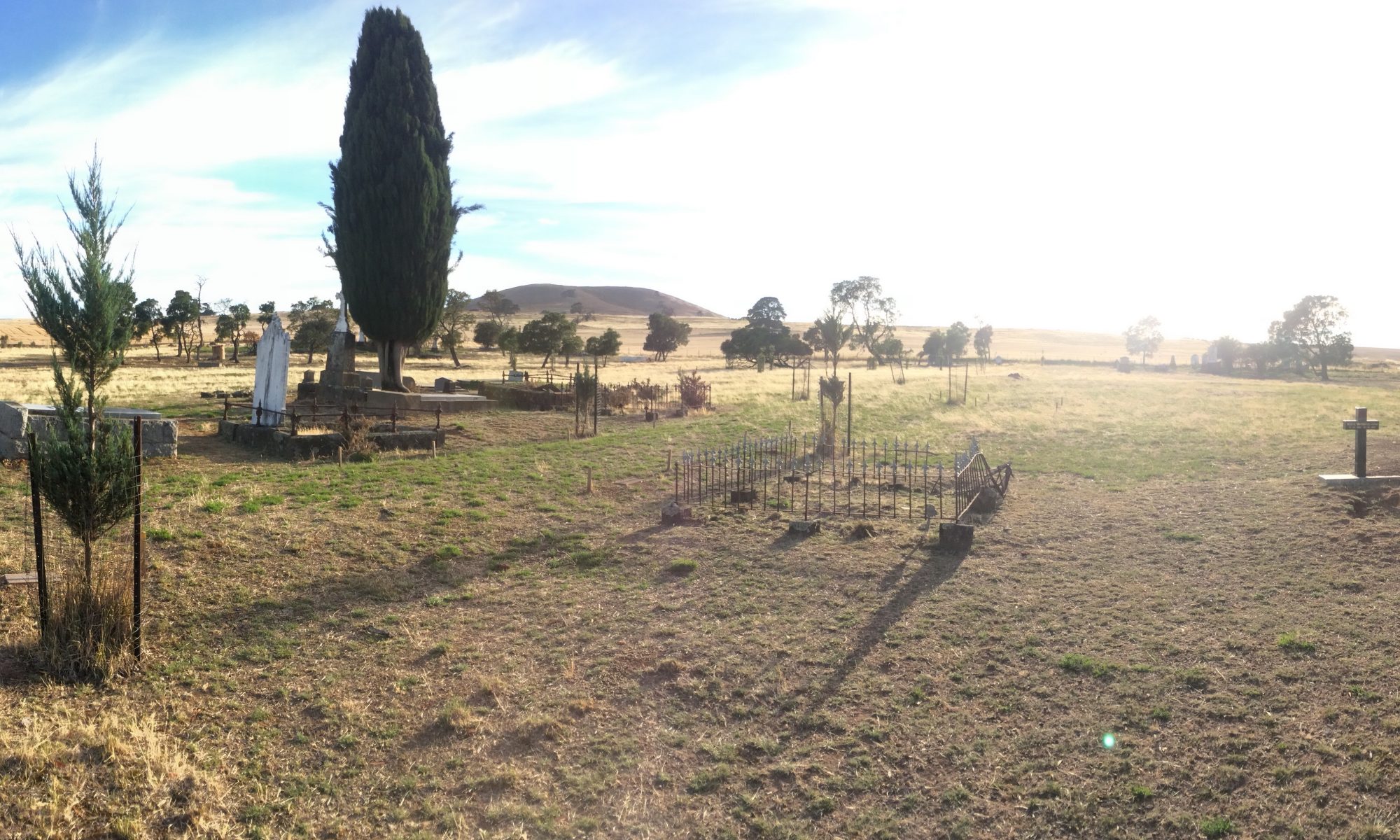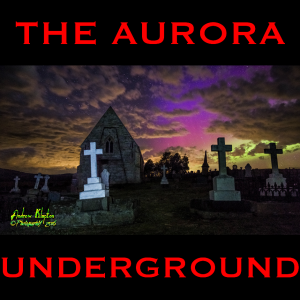This video goes for two hours and should be the first thing ANY new GPR-SLICE user watches. It introduces almost everything you need to know in order to get started with GPR-SLICE.
This video assumes you are using either GPS or robotic total station navigation for your GPR data. If you aren’t using these methods, please consult the user manual, check out the other GPR-SLICE training videos, or contact us for face-to-face training via Skype (which is included in the price of your GPR-SLICE licence). We still recommend watching this video, though, so you get an understanding of the software and data processing/filtering basics. Every GPR-SLICE user should watch this video, even if they aren’t processing GPS- or TS-based GPR data.
To install GPR-SLICE, please follow the instructions here.
If you use anti-virus software, you may have troubles opening or updating GPR-SLICE. We have observed problems with AVG Anti-Virus, Kaspersky Anti-Virus, and BitDefender. You will need to add the C:\slice\v7.0\gprslicev7.exe file and/or the entire directory at C:\slice\ into your anti-virus software’s white-list to override the anti-virus software.
After watching this video, we strongly recommend you check out the following tutorial videos:
- The addendum to the introduction video which explains the newer, more streamlined way of regaining your data and performing frequency filtering (this is also included at the end of the above video).
- Radargram display and interpretation in GPR-SLICE.
- Project management in GPR-SLICE. This will explain how to switch between projects in GPR-SLICE.
- Horizon detection and mapping in GPR-SLICE (this is useful for those doing GPR surveys to map any soil, rock, or road/concrete layers).
- Hyperbola detection in GPR-SLICE (this requires the BridgeDeck module for GPR-SLICE and allows semi-automatic detection of hyperbolic reflectors in radargrams, which is useful for those doing ground-penetrating radar surveys on concrete slabs in order to map re-enforcing bars (“reo”)).
To purchase GPR-SLICE software, please see here.
A full list of all GPR-SLICE training videos is available here.
Click here to return to the GPR-SLICE help index.


